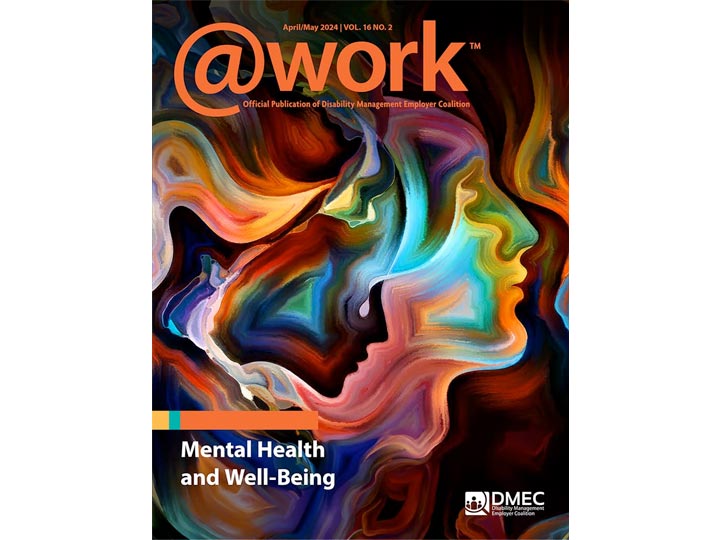Simply perceiving someone to have a disability does not necessarily require you begin the interactive process. It’s only if you perceive someone has a disability, whether physical or mental, and you perceive the disability is:
- Impacting Successful Performance, and/or
- Impacting Safety of themselves or others
If a supervisor or manager has a belief their employee may have a medical condition impacting safety or successful performance of the job, you are triggered under the ADA, and must start the interactive process.
Best practice advice – don’t overly trigger yourself. Don’t go and look for disabilities.
If, however, you or your supervisors truly believe there is a chance a person’s performance or safety is impacted by what you perceive to be a disability, you need to begin the Disability Interactive Process Hallway®. Here is how you do it, and who does what.
- Supervisor/Manager: Ensure the supervisor or manager informs Human Resources when they perceive someone to have a disability impacting workplace safety or performance.
- Human Resources: Human Resources interviews the supervisor/manager to understand what has been observed or heard that has triggered the supervisor/manager to be concerned the employee may have a disability impacting work. If Human Resources agrees, then the organization has been triggered under the ADA.
- Human Resources: Human Resources will meet with the employee, informally, to share the concerns and ask the employee if he/she may be in need of workplace accommodation. The script for this conversation may look something like the following:
“How are you? I am meeting with you today as your supervisor has informed me [share the concerns as shared by the supervisor/manager.] Usually these identified concerns would be handled through a performance improvement process, but in talking with your supervisor, we wonder if you may have a medical condition impacting you in these ways. Though it is only a rumor, some folks have shared with your supervisor you may have a medical condition that has impacted your ability to [fully or safely] perform your assigned job tasks. The reason I am reaching out to you today is to let you know [the organization] has a comprehensive disability accommodation program, and if you do have a medical condition impacting you at work, we can explore if there are reasonable accommodations that, if implemented, could support you to [fully and/or safely] perform your job duties.”
“Would you like more information on our organization’s workplace accommodations? Do you believe your attendance and/or work load completion is being impacted by a medical condition?”
If the employee says no, you will want to document this with a letter, perhaps as follows:
“Dear ______,
Thank you for talking the time to talk with me on _____ (date). As shared, your supervisor had identified that [describe what has caused the supervisor to believe the organization has been triggered. Be as objective as possible and describe behavior or events.] The organization was unsure if you might have a medical condition impacting your ability to [fully and/or safely] perform your job tasks. In our discussion, I informed you the organization has a comprehensive accommodation program and if you have a medical condition you believe is impacting your availability or job performance, we would be pleased to start the interactive process with you to explore what leave or work accommodations could be implemented to support you.
In talking with you, you shared you do not have a medical condition and do not require workplace accommodations. Due to this, I will advise your supervisor to proceed with supporting you with performance counseling.
In the future, if you ever believe you are in need of workplace accommodations, please contact me directly at 555.555.5555. If I don’t hear from you, the organization will assume you do not have a disability that is impacting you at work and we are correct to address the shared concerns through a performance counseling process.
Sincerely,
Name
The one exception to the above recommendations is if your organization perceives that the disability is impacting safety. In this case, you would be recommended to not close the process, but proceed to Door # 1 to obtain objective medical information to determine if a real safety risk exists.
Additionally, if the employee indicates they do have a medical condition impacting them at work, continue in the Disability Interactive Process Hallway and move to Door # 1.






